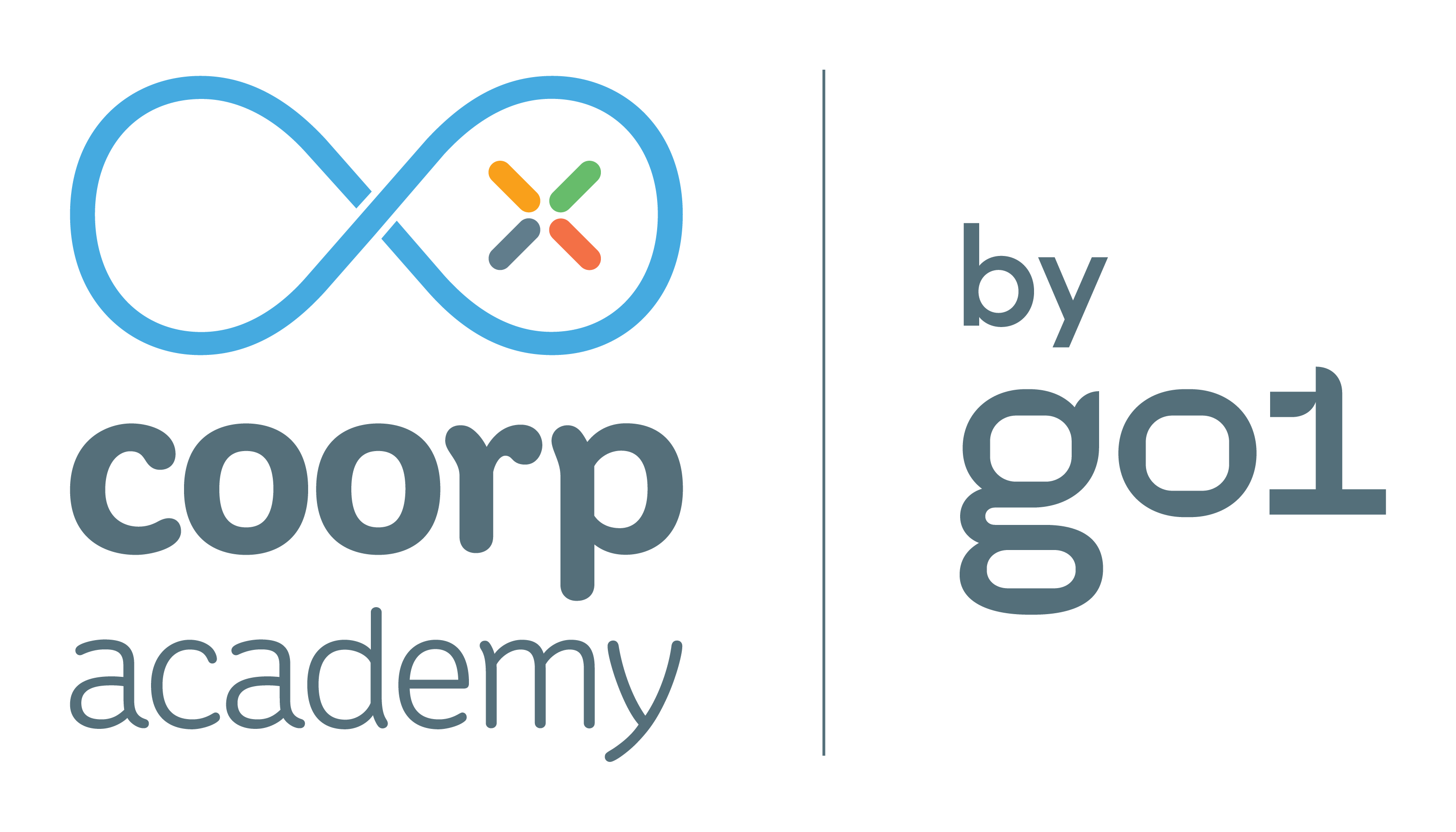Learning with a chatbot, is that possible?
Press
Chatbots are coming with new interesting ways of learning. Without replacing the professor, they can become teaching assistants. And this is only the beginning.

Whether you were booking a trip online or simply navigating through a website, you’ve probably already dealt with conversational robots, known as chatbots. With their minimalistic interface focusing on the dialogue between the person and the machine, they are now everywhere and play increasingly important roles in classic processes such as sales, assistance or gathering information. However, a lot remains to be explored and invented, particularly when it comes to education.
In an online learning scenario, there are several ways a chatbot could be used. Concretely speaking, its intervention can take the form of messages prompting users to continue the course or reminding them of previously seen elements, following the theory of Spaced Learning, a learning method that offers dense content repeated several times, interspersed with playful activities. It can also, through the creation of learning scenarios, offer various practical cases. There are many use cases with a significant impact on the levels of engagement of the learner. In the field of video games, the experience is even more immersive with bots capable of developing their own personality, to the point of creating lifelike relationships with the players. The future of chatbots in education might reside in everything that video games have to teach us about human-machine interactions. In fact, according to futurologist Thomas Frey, the future of education and training depends on artificial intelligence and robots in general!
Conversational robots also have a role to play in providing support and assistance in learning. Faced with a large number of questions asked on online forums (over 10.000 messages from 300 learners) and the impossibility of answering them all, Professor Ashok Goel from Georgia Tech developed an automated pedagogical assistant that could answer his students’ questions. Goel and his team are now able to maintain a high level of engagement over the duration of their course, thanks to this artificial assistant that can instantly “unblock” students in difficulty.
Without replacing the teacher, the robot can play the role of an always-available expert on a particular subject. When learning a language for example, it can become an expert in the desired language, while being playful and suggesting daily objectives or experience gains according to the learner’s answers (see Duolingo’s bots). This conversational dictionary, fluent in the chosen language, lets the student practice whenever he or she wants to, thus complementing the teacher who will deliver the actual class. Also, by continually adapting to the students and offering feedback on the courses as well as on their answers, the conversational robot can be of great help in the learning process. We are currently seeking the right balance between the professor – the human being who can reassure students in difficulty or push the learning further – and the algorithm – the robot that can accompany learners during their journey. In other words, this means combining human and artificial intelligence to ensure the course has maximal value for the student while allowing artificial intelligence to support the professor’s work.
These scenarios allow us to identify the crucial elements that ensure a chatbot can be and, most importantly, can remain efficient during the learning process. An expert-robot must constantly be “fed” new content. A pedagogue-robot needs machine learning to be efficient, as it will improve its capacity to adapt its approach according to the student’s answers. The possibilities are endless, but machine learning will be the common denominator to all these opportunities.
Within the rapidly expanding field of conversational robots, education is a particularly promising sector where a lot remains to be done. In digital learning for example, Coorpacademy offers a vocal interface with Google Assistant, available via Google Home. And that’s just one example of the many possibilities where conversational robots can support, within the learning process, the pedagogical work of physical human beings – the end goal being to boost the learning process. For Thomas Frey, the greatest internet company in the world won’t be Apple, Google or Facebook, but a company that will specialize in training that doesn’t exist yet!
NB: this article has been initially published in French on the Journal du Net. If you want to read it in its original form, please click here.


